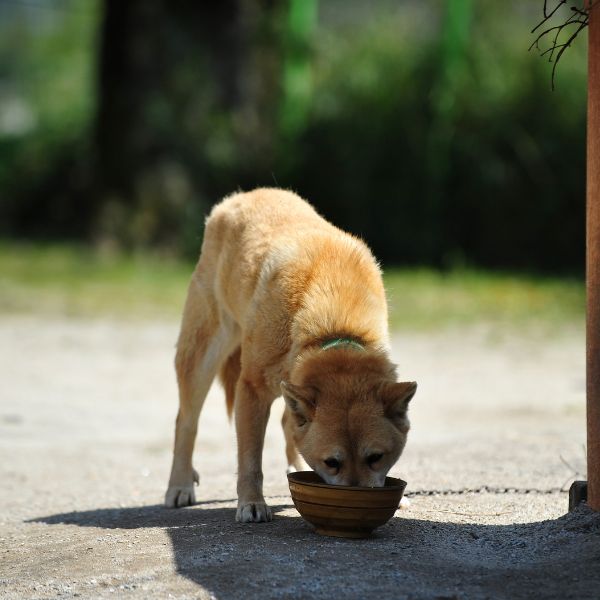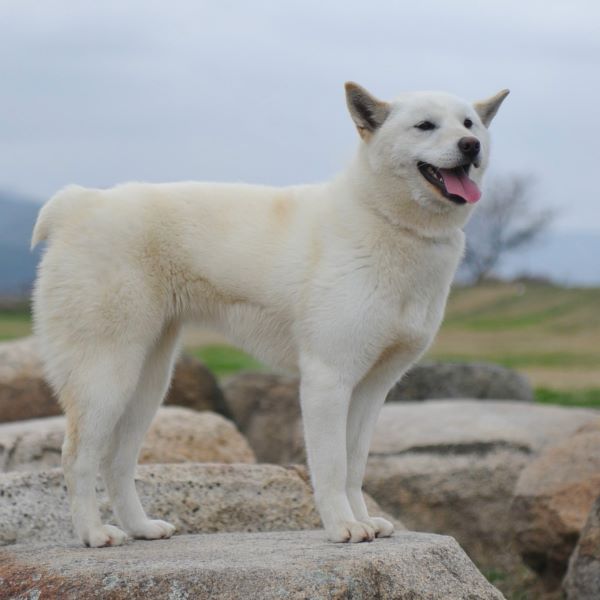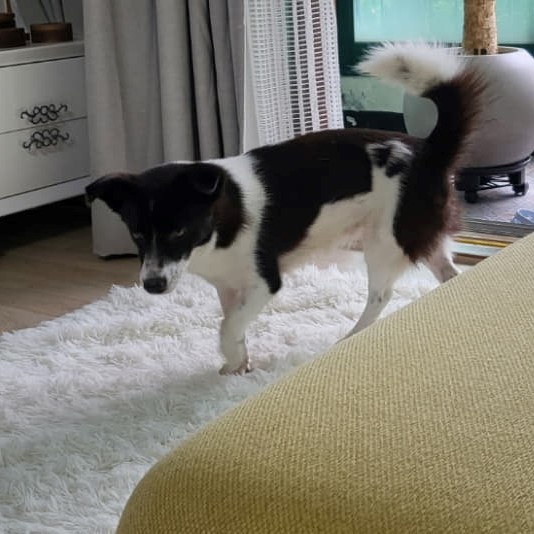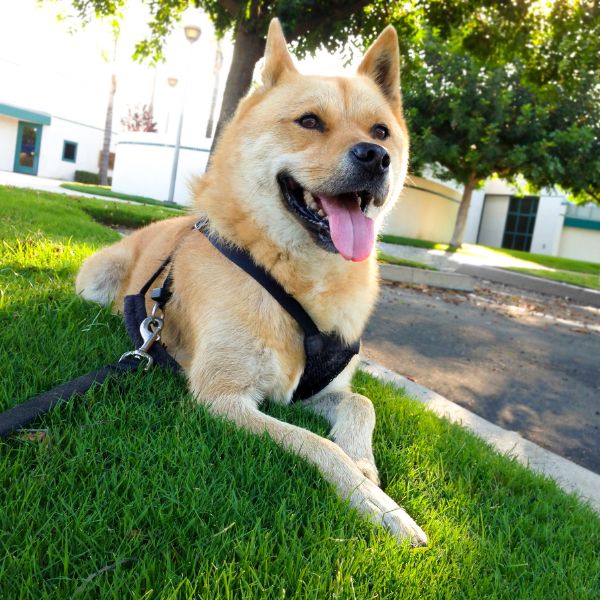Sapsali Dog
| size | Males 55-63 cm, females 52-60 cm |
|---|---|
| weight | Males 22-30 kg, females 20-28 kg |
| The color of the body | Yellow, Black, Blue (Gray), White, Chequered |
| Distribution Area | Republic of Korea |
Sapsali (Sapsaree) dogs originated from the southeast of the Korean peninsula, and the name means to cast out ghosts and ill fortune.
The earliest records of Sapsali are from the ancient Silla dynasty (around 400AD). During this time they were raised and kept by the nobility, but when the Silla dynasty fell, Sapsali dispersed from the noble courts and become common in private homes.
During the Japanese colonial occupation, Sapsali dogs were slaughtered in large numbers, their long fur being in demand for winter military jackets, and afterwards during the Korean War their number further declined and at one stage only 8 purebred Sapsali remind.
In 1969, professors from Gyeongbuk University began working to save the breed, at first finances were limited, but in 1992 the government of Korea declared the Sapsali a natural monument and allocated funding towards their recovery.
Today there are over 1200 pure breed Sapsali living in homes across South Korea.
Appearance
Male Sapsali stand between 55–63 cm for males and females between 52–60cm, males weigh between 22–30 kg and 20–28kg for females.
Sapsali have a well proportioned body shape kind of resembling an English sheepdog. Their back is straight and the chest is deeply developed.
Despite their appearances, they are powerfully built dogs, that are well suited to living in mountainous terrain.
While the iconic Sapsali has long hair, there is also a short haired breed.
Long hair breeds have hair covering their face, so that the distinction between the eyes and the ears lying is not clear, with only the nose poking protruding through the coat
Due to their long hairy heads, they are sometimes called a lion dog, their mop of hair reminiscent of a male lion’s mane. The inner hair is short, soft and thin, and the outer hair is long and thick.
Colors vary, but yellow and black (blue shovels) are common, and occasionally white or chequered patterns appear.
Personality and management
With proper training, Sapali are docile and gentle dogs, and are generally obedient with a strong sense of loyalty to family members. Without, proper training they love to bark and can be aggressive towards other dogs.
Sapsali are highly intelligent, and it has been reported that they do not forget people they knew as puppies.
Training is best started at a young age and done verbally, without the assistance of tools.
Like other Korean native dogs, they are well adapted to the climate of South Korea. They can tolerate hot, humid summers and dry freezing winters. They are highly disease resistant and rarely get sick. Due to their hairy ears, they are prone to ear disease.






